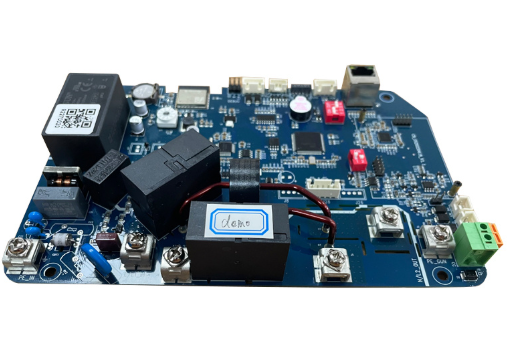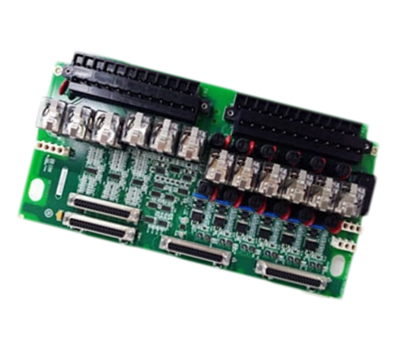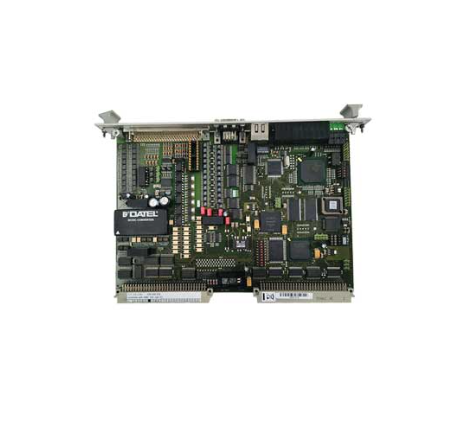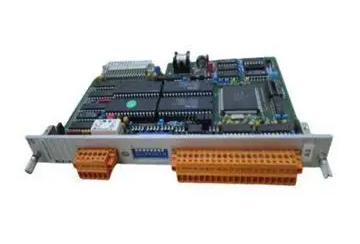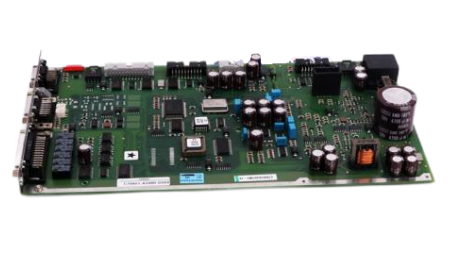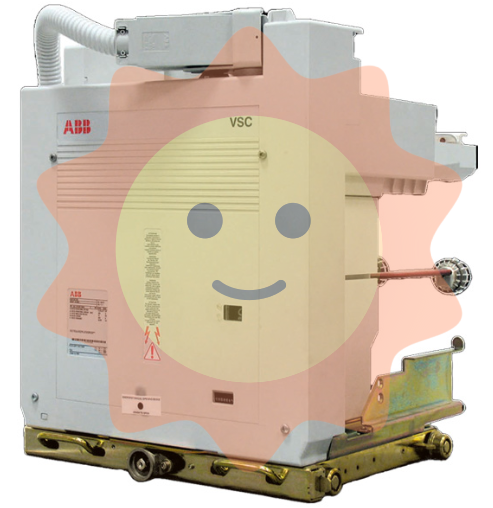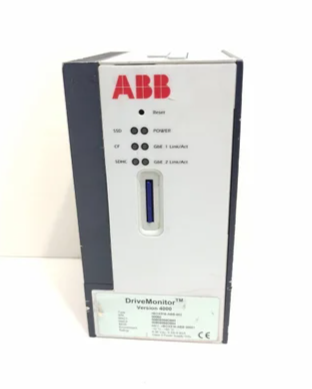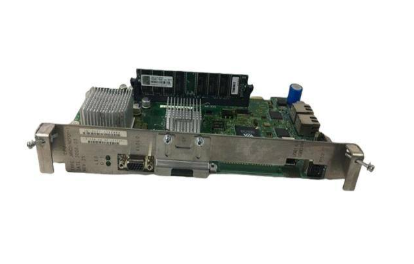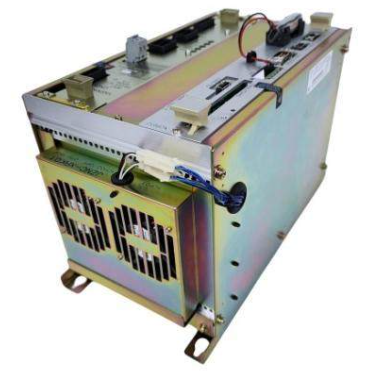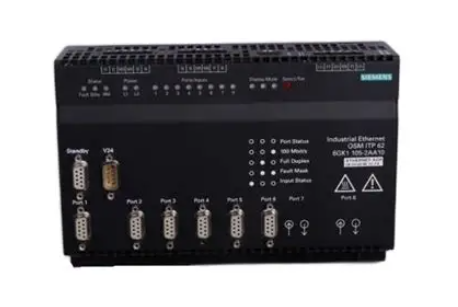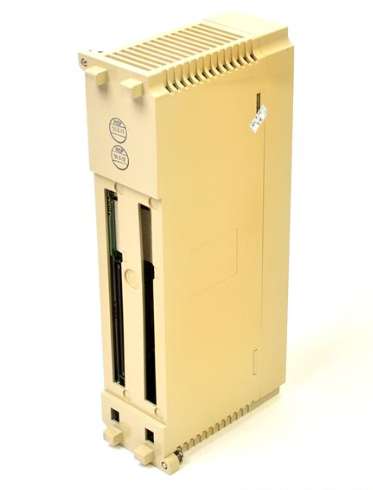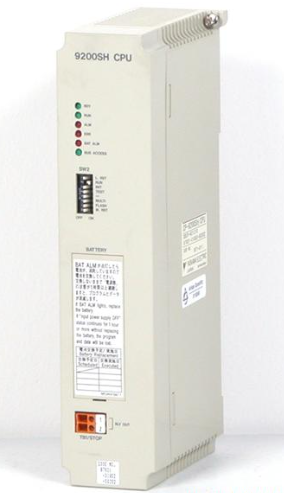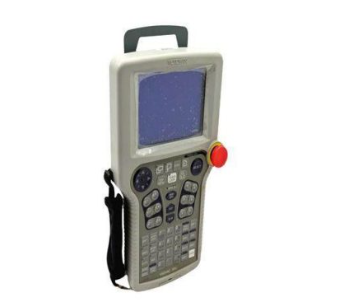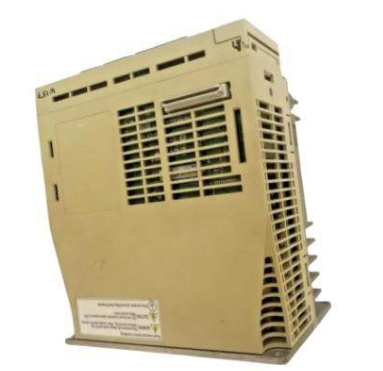Based on the S7-300/400 Ethernet module CP343-1 &CP443-1 Modbus TCP used in STEP7 Door (V6.0)
&CP443-1 Modbus TCP used in STEP7
Door (V6.0)
id: indicates the ID of the configured connection in Configure Network. The connection ID is the unique identification of the connection between the CPU and the connection partner through the CP. Enter the number for the connection configuration here. This parameter ranges from 1 to 64.
db_param: parameter data block that contains modbus data parameters for the modbus block instance. The CPU determines the value range of this parameter. DB number 0 is reserved for the system and cannot be used. Enter the DB number "DBxy" in plain text format. If multiple connections are to be implemented, the parameter data block can contain the parameters required for all connections in order.
REG_KEY_DB: Registration key used for authorization.
MONITOR: Monitoring time MONITOR is used to monitor incoming data from connection partners. The time format T# is used to specify the monitoring time. It is recommended that the monitoring time be about 1.5s.
In "S7 as server" mode, the input of the second part of the frame is monitored by MONITOR time. If the monitoring time is exceeded, an error is reported. This time is calculated from the receipt of the MODBUS/TCP specific packet header and ends when the request is fully received.
Init: initializes the Modbus block when there is a rising edge in the parameter. Initialization can only be performed if no jobs are currently running. This condition must be ensured in the program by ENQ_ENR = FALSE and BUSY = FALSE.
(2) Parameter data block DB2
Parameter data block DB2 (name MODBUS_PARAM_CP). This parameter DB block is used to set the modbus data area.
Notice To modify Data in the DB block, switch the DB block to Data view and modify the DB block in the Actual value column.
In this example, you need to change DB2 ID2_ID to 16#1 according to the connection Settings in Figure 3-7. To facilitate the mapping of subsequent communication test addresses, change the start and end addresses of the modbus register to 16#0 and 16#1F3 respectively.

3.4 Communication Test
Download the project to the CPU, open the Modsan32 application, the following to the hold register as an example to introduce the communication test process.
First, select connect under the Connection menu for ModScan32 and set the IP address and port number for ModScan32 to access the PLC as the server side.
Finally, set the start address and length of Modbus to be accessed in Modscan32 software (in this test, Modscan32 uses data type 3 and the start address of the access hold register is 10 words of 40001), establish a communication connection with PLC, and carry out data reading.
You can view the communication status in the network configuration window.
Some considerations for using the function block "MODBUSCP" :
1) The S7-300CPU supports communication with multiple Modbus clients through the function block "MODBUSCP" of the Ethernet module CP343-1. The number supported depends on the number of TCP connections supported by the CP343-1. The function block "MODBUSCP" must be invoked once for each client connection. Parameters such as background data block, ID, and port number must be unique.
2) The S7-300CPU can be used as the Server and Client of Modbus TCP through the Ethernet module CP343-1.
3) The S7-300CPU supports multiple protocols through the Ethernet module CP343-1, which can run PROFINET, TCP/IP, S7 and other protocols in addition to Modbus TCP.
4 Configure the Ethernet module as the Modbus TCP Client to establish communication with the communication partner
The following uses the S7-300 single-site system and ModSim32 software as an example to describe how to configure the S7-300 single-site system as the Modbus TCP Client through the Ethernet module CP343-1 to communicate with Modsim32 as the Server.
- EMERSON
- Honeywell
- CTI
- Rolls-Royce
- General Electric
- Woodward
- Yaskawa
- xYCOM
- Motorola
- Siemens
- Rockwell
- ABB
- B&R
- HIMA
- Construction site
- electricity
- Automobile market
- PLC
- DCS
- Motor drivers
- VSD
- Implications
- cement
- CO2
- CEM
- methane
- Artificial intelligence
- Titanic
- Solar energy
- Hydrogen fuel cell
- Hydrogen and fuel cells
- Hydrogen and oxygen fuel cells
- tyre
- Chemical fiber
- dynamo
- corpuscle
- Pulp and paper
- printing
- fossil
- FANUC
- Food and beverage
- Life science
- Sewage treatment
- Personal care
- electricity
- boats
- infrastructure
- Automobile industry
- metallurgy
- Nuclear power generation
- Geothermal power generation
- Water and wastewater
- Infrastructure construction
- Mine hazard
- steel
- papermaking
- Natural gas industry
- Infrastructure construction
- Power and energy
- Rubber and plastic
- Renewable energy
- pharmacy
- mining
- Plastic industry
- Schneider
- Kongsberg
- NI
- Wind energy
- International petroleum
- International new energy network
- gas
- WATLOW
- ProSoft
- SEW
- wind
- ADVANCED
- Reliance
- YOKOGAWA
- TRICONEX
- FOXBORO
- METSO
- MAN
- Advantest
- ADVANCED
- ALSTOM
- Control Wave
- AB
- AMAT
- STUDER
- KONGSBERG
- MOTOROLA
- DANAHER MOTION
- Bently
- Galil
- EATON
- MOLEX
- Triconex
- DEIF
- B&W
- ZYGO
- Aerotech
- DANFOSS
- KOLLMORGEN
- Beijer
- Endress+Hauser
- MOOG
- KB
- Moxa
- Rexroth
- YAMAHA
- Johnson
- Westinghouse
- WAGO
- TOSHIBA
- TEKTRONIX
- BENDER
- BMCM
- SMC


Email:wang@kongjiangauto.com

